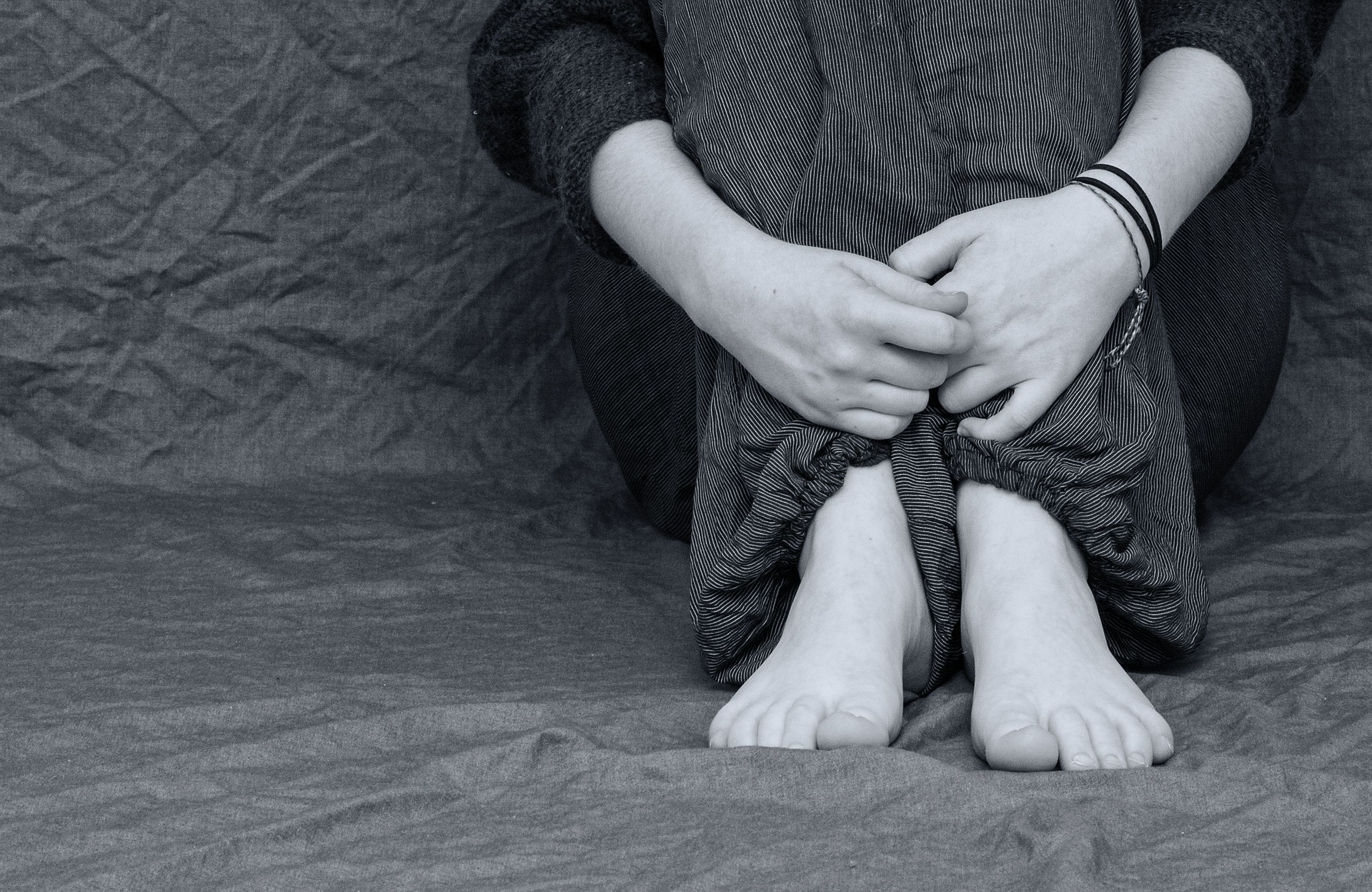Betsy DeVos Just Made it More Confusing for Schools to Address Sexual Assault

Last Friday, Betsy DeVos and the Department of Education rescinded Title IX guidance from 2014 and 2011 on what schools are required to do to protect students from sexual harassment and violence. In their place, the Department issued new interim guidance.
Below, I’ll explain how the interim guidance conflicts with 2001 guidance that is still in place—making things more confusing for schools and survivors. In a separate post, I’ve outlined changes to Title IX guidance that have dangerous implications for student safety. And in yet another post, I’ve outlined which student rights remain protected and which duties schools are still required to carry out under the 2017 guidance.
Here’s what is unclear
1. Schools are no longer instructed not to facilitate mediation between rapists and rape survivors.
Mediation is a way for two (or more) students to sit down together and work out their problems face-to-face. But in a sexual harassment or violence case, it can be highly traumatic for a rape survivor to “work things out” with their rapist when they probably don’t even want to be in the same room as them. That’s why the 2011 guidance explicitly prohibited schools from mediating in sexual assault cases, even if the students came to the table “voluntarily.” As for sexual harassment (not assault), the 2011 guidance was very careful to remind schools not to force students into mediation, and certainly not to mediate without a trained counselor or mediator present.
But DeVos doesn’t care about re-traumatizing students. The 2017 guidance just tells schools that they can facilitate mediation or other informal processes as long as “all parties voluntarily agree.” In doing so, it directly conflicts with the Department’s 2001 guidance—which has not been rescinded. The 2001 guidance clearly states the same rules as the 2011 guidance—that schools are prohibited from mediating sexual assault cases (regardless of whether the parties consent), and that schools must obtain both parties’ voluntary consent and provide trained professionals in order to mediate sexual harassment cases.
It’s not clear whether the 2001 or 2017 guidance should be followed. The problem is that schools are already incentivized to sweep sexual violence under the rug. In fact, the federal government is currently investigating 137 K-12 school districts and 246 colleges and universities for violating Title IX. Under the 2017 guidance’s harmful omissions, schools will be even more incentivized to coerce rape survivors into entering mediation “voluntarily” instead of conducting a proper investigation.
2. Schools are no longer instructed to prohibit cross-examination of rape survivors about their sexual history.
Asking rape survivors about their sexual history used to be a popular and underhanded method of discrediting survivors, blaming them for their own rapes, and re-traumatizing them during court proceedings. That is until rape shield laws were enacted to prohibit this line of questioning as irrelevant and prejudicial. For similar reasons, the 2011 guidance prohibited schools from questioning students about their sexual history with anyone other than the alleged perpetrator. Furthermore, the 2011 guidance reminded schools that “the mere fact of a…dating or sexual relationship between two parties does not itself imply consent” during the specific incident being investigated. In other words, the 2011 guidance recognized that consent isn’t transferable; it must be obtained every single time.
Unfortunately, the 2017 guidance doesn’t care about victim-blaming. It deleted the entire section that restricted cross-examination of survivors about their sexual history—leaving things unclear as to whether this line of questioning is permissible or not.
3. Schools are no longer instructed to respect students’ requests for confidentiality.
Students who report harassment often want to keep their identities confidential. They may also not want to pursue formal disciplinary action against their harasser or rapist because they want to focus on school or avoid retaliation from other students. That’s why the 2011 guidance contained detailed instructions for schools on how to respect a reporting student’s request for confidentiality. If a school was able to conduct an informal investigation without disclosing the reporting student’s identity, then it was urged to do so. Schools were instructed to override a student’s request for confidentiality only if they felt that the risk of further harm was too high and that it was necessary to pursue disciplinary action against the alleged perpetrator. Even so, schools were required to notify the reporting student first before disclosing their identity to the alleged perpetrator.
The 2017 guidance contains zero instructions on confidentiality. It just states that if a school pursues disciplinary action, then the alleged perpetrator should receive written notice of the allegations, “includ[ing] the identities of the parties involved.” By omitting instructions on confidentiality, the 2017 guidance sends a message to schools that protecting student confidentiality is not a priority. In doing so, it deters survivors from reporting and, as a result, impedes schools from effectively monitoring repeat offenders.
However, the Department’s 2001 guidance—which has not been rescinded—is clear that student confidentiality is important. But schools and students wouldn’t know this unless they meticulously inspected the 48-page document, which states: if a student asks the school not to reveal their identity to the alleged perpetrator, then “the school should take all reasonable steps to investigate and respond to the complaint consistent with the student’s request as long as doing so does not prevent the school from responding effectively to the harassment and preventing harassment of other students.”
It’s unclear how the 2001 requirement to respect the survivor’s request for confidentiality jives with the interim guidance’s instructions to reveal the survivor’s identity if seeking disciplinary action. This is yet another example of how DeVos’ guidance makes things more confusing for schools.
4. Schools are no longer instructed to minimize the burden on the student who was harassed when implementing interim measures.
An investigation can take several weeks or even several months to complete. In the meantime, the hostile environment continues to impair the harassed student’s ability to learn. That’s why schools are encouraged to provide interim measures that protect students’ right to learn while the investigation is pending: e.g., extensions on assignments, an escort between classes/activities, modified class schedules to avoid contact between the parties, restrictions on contact between the parties, changes in work or housing locations, leaves of absence, increased campus security and monitoring.
The 2011 guidance was mindful of the fact that the student who was harassed is far more likely to need interim measures than the alleged perpetrator. It specifically reminded schools to minimize the burden on the student who was harassed, and not to remove them from classes or housing while allowing alleged perpetrators to remain.
But the 2017 guidance disingenuously pretends that both parties need the same kind of protection. By requiring schools not to “rely on fixed rules that favor one party over another” when providing interim measures, the 2017 guidance directly conflicts with the Department’s 2001 guidance, which states that “interim measures should be designed to minimize, as much as possible, the burden on the student who was harassed.”
Again, it’s unclear which guidance document wins out. If it’s the 2017 guidance, that may mean that schools can effectively punish students who report harassment by changing their classes or housing, transferring them to an alternative school, or even placing them on an involuntary leave of absence until their perpetrators graduate. Not only does this impair survivors’ right to education, but it also removes them from their support network of friends and dormmates—at a time when they most critically need that support.
Here’s what you can do to support Title IX
The 2017 guidance is trash. It hurts survivors, makes schools less safe, and creates uncertainty for school administrators. But here’s the thing—schools can choose not to follow it. Here’s what you can do to help spread the word:
- Sign our pledge: Do whatever it takes to #StopBetsy and the Trump administration from enshrining rape culture as official U.S. Department of Education policy.
- Ask your school administrators to adhere to the 2011 [PDF] and 2014 [PDF] If they have questions, you can share our easy-to-read fact sheets with them (see below).
- Ask your school’s Title IX coordinator to adhere to the 2011 [PDF] and 2014 [PDF] Share these fact sheets with them too.
Fact sheets (~2 pages each):
- Sexual Violence & Title IX: What schools must do to address sexual violence
- FERPA & Title IX: Despite what some schools believe, disclosures required by Title IX do not conflict with the Family Educational Records Privacy Act (FERPA).
Learn about which Title IX rights remain protected despite the 2017 guidance.




